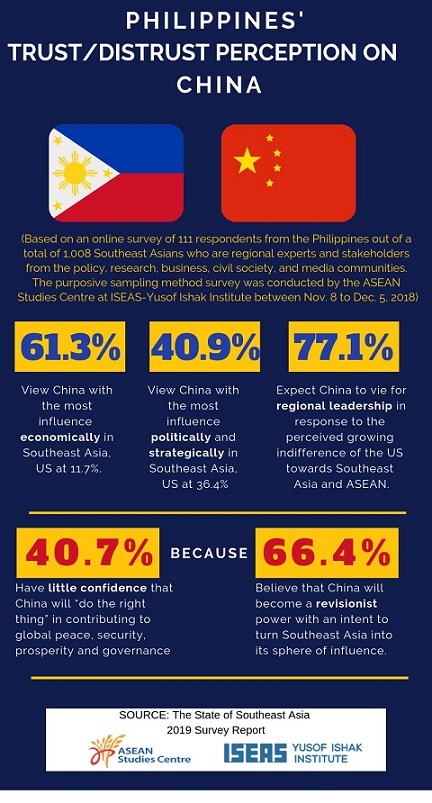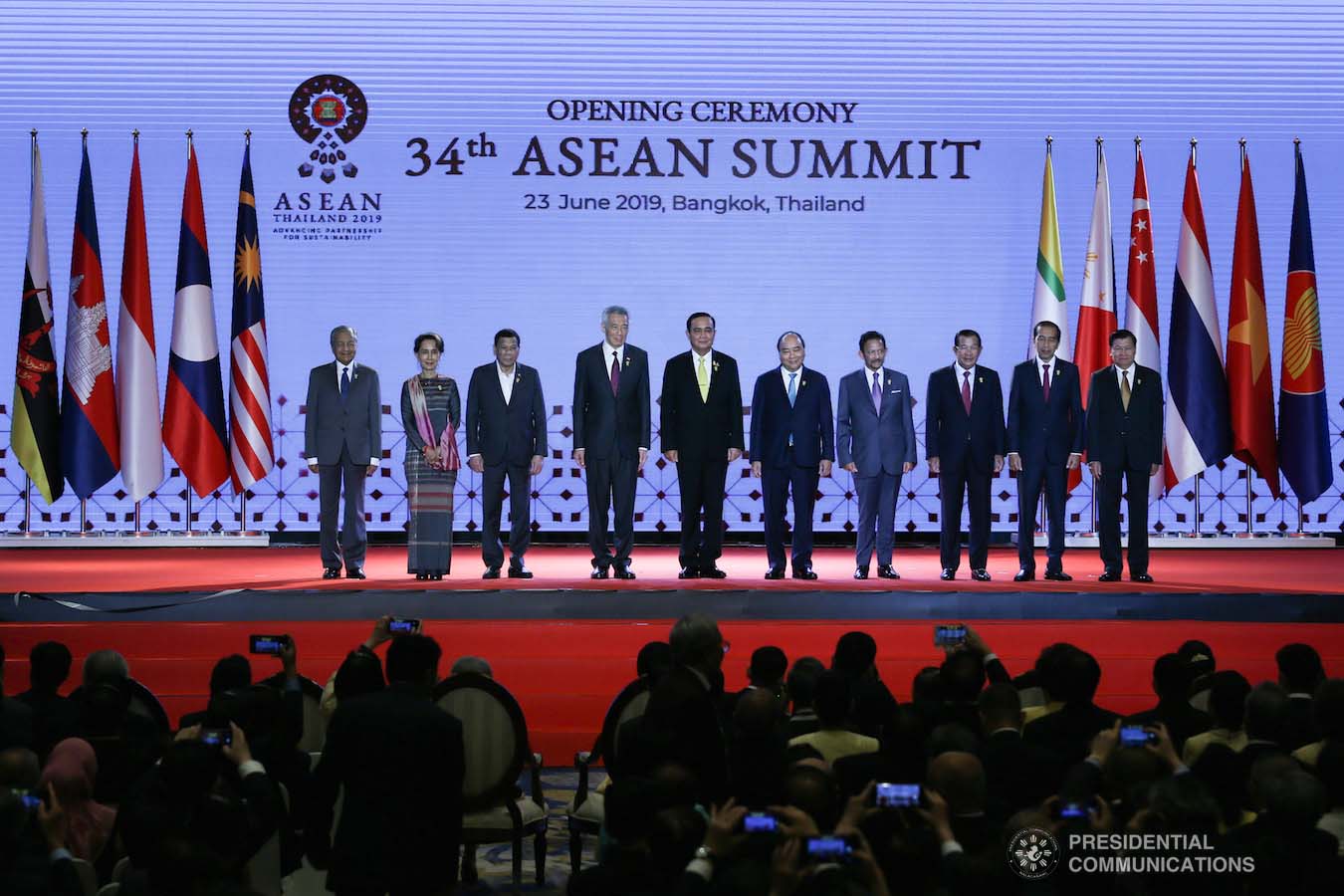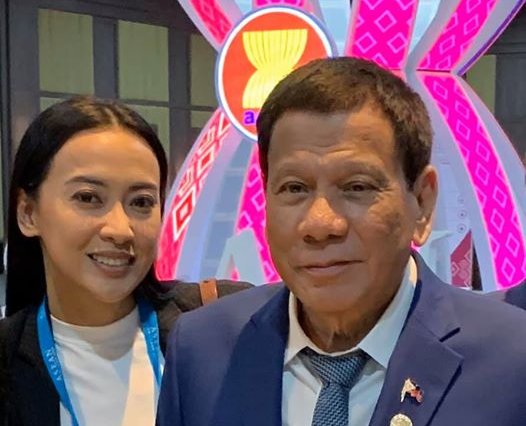BANGKOK – When ASEAN enlarged its membership from 1995 to 1999, the two most frequently asked questions were: Could CLMV integrate with the older ASEAN members? Would ASEAN-10 survive at all with such a huge development gap, not to mention vast differences in political cultures among its member states in development and vast differences in political cultures?
Two decades later, the answers are quite clear — all newer member states are moving toward full integration in the three development pillars: economic, political and security, socio-cultural.
In fact, the acronym CLMV, first used in 1994, seems a bit anachronistic in the present context. After all, it is the economies of the newer ASEAN members that have been pushing up the 10-member grouping’s overall economic growth in recent years.
Cambodia, Laos, Myanmar and Vietnam no longer fit being put into the CLMV grouping as another, separate tier of ASEAN members; their integration into the regional organization has advanced by leaps and bounds. Truth be told, these newer ASEAN member states have now insisted that they be addressed by their own individual country names in full, and not be lumped together into one CLMV basket. They would like to be perceived as equal partners.
For example, Vietnam has proven beyond any doubt that since joining ASEAN in 1995, it has assimilated well into ASEAN’s structure and processes. After its more than two decades as a member state, Hanoi will soon lead the grouping that it had once battled by strengthening its cohesiveness and speeding up its decision-making processes. Its turn to be ASEAN chair in 2020 and its holding a non-permanent seat in UN Security Council in that same year demonstrates the country’s diplomatic vision. Vietnam’s pro-active ASEAN policy has accelerated the normalization of ties with the West, as well as promoted its regional and international profile.
During its first decade in ASEAN, Vietnam was busy adjusting to the ‘ASEAN way’, which it quickly got accustomed to, and then excelled in. Indications emerged in 2010, during Vietnam’s first chairmanship of ASEAN, that it was able to chart the grouping’s future ties with dialogue partners on key regional issues, including the South China Sea disputes. Vietnam has since then pushed ASEAN to be bolder in engaging with external powers, an approach that sometimes proved inconvenient for the more conservative ASEAN leaders.
As for economic integration, Vietnam has now become one of most open economies in ASEAN. Since undertaking economic reforms in 1984, Vietnam has signed a total of 17 free trade agreements – even though its economic development model is still not classified as a market economy. With these global free-trade pacts, Vietnam is aiming high and wants to be a middle-income country in the next two decades.
The other newer members are also integrating well with ASEAN although they do struggle with various aspects of regional economic integration, mainly trade facilitation and harmonizing rules and procedures. Cambodia, Laos and Myanmar have been focusing their recent efforts on attracting much-needed foreign investment and expanding exports. For the time being, trade privileges from the United States and the European Union have given a boost to the newer ASEAN members’ economic growth and development. These, in turn, translate into positive impacts on political and social reforms domestically.
Cambodia, Laos and Myanmar have been identified as rising economies with average GDP growth rates of 7 per cent, says the April 2018 economic update by the World Bank called ‘Enhancing Potential’.
A former war-torn country with 13 million people, Cambodia has reaped huge economic windfall from being in ASEAN, which it joined in 1999. Despite criticism of the current government’s governance and its gagging of media freedom, the country’s economic growth figures continue to climb, providing confidence to foreign investors looking for stability and predictability in the local economy.
As a landlocked country, Laos has proven to be a special member of ASEAN. Against all odds, Laos has successfully transformed itself into a land bridge between two Asian giants, China and India, through regional and global connectivity plans that involve the country of more than 7 million people. Of late, the country’s new leadership team under Prime Minister Thongloun Sisoulith has been focusing on diversifying its sole reliance on hydroelectric power exports to neighboring countries, mainly Thailand. At the moment, Laos is serving as a catalyst for a hub of international linkages criss-crossing Southeast Asia. By 2030, Vientiane hopes to be able to graduate from the list of the world’s Least Developed Countries.
Myanmar’s integration with ASEAN has been not been easy. It took Nyapidaw more than 10 years to take advantage of Myanmar’s membership in ASEAN, after the country joined the regional grouping in 1997. The country’s transition to more political and economic openness, starting in 2011, has yielded positive outcomes in transforming what was once the most isolated country in Southeast Asia into one that is the focus of global attention – both in terms of foreign investment and tourism. Due to internal political dynamics marked by the ongoing Rakhine crisis and its difficult peace and national reconciliation process, Myanmar has had to cope with on and off violence and clashes with ethnic armies. Without a proper resolution of these domestic challenges, Myanmar’s full integration with ASEAN by 2025 – the end date of the ‘ASEAN Community Vision’ – would be in doubt.
At 51, ASEAN is lucky. Its member countries have been implementing key action plans toward regional economic integration without jeopardizing the association’s principles of non-interference and consensus. Without the influence of unexpected disruptive forces, the integration of new and old ASEAN members would accelerate further, and go deeper, in the coming years.
(*Kavi Chongkittavorn is a senior fellow at the Institute of Strategic and International Studies (ISIS) in Bangkok, Thailand. This commentary is part of the CLMV Integration Series of the Reporting ASEAN programme.)



